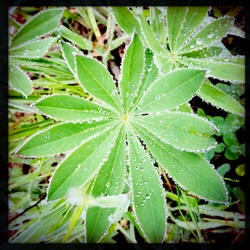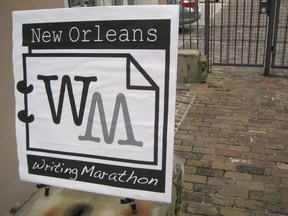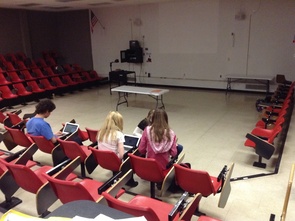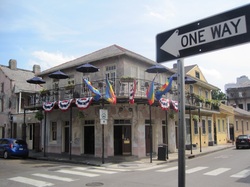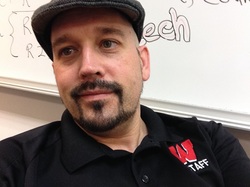ASSAY: A JOURNAL OF NONFICTION STUDIES
1.2
1.2
Omaha |
My smile is wide |
Omaha |
|
Back in the present Nebraska November, my students began returning from their own marathons group by group. Writing marathons rely on three basic ingredients: place, motion, and sharing. Each new place leads to new writing, and the motion of going from place to place forces one’s mind to engage. Finally, because the writer shares as the marathon continues, the writing becomes more focused and developed for the audience.As my students recongregated, I asked them to share their reflections of their experience while also choosing a brief passage to share with everyone. The reactions were positive, far more positive than I would have thought when I sent them out into such a familiar space to search for inspiration.
One student wrote, “I liked that this got me out and writing in places other than my normal spots. I found things coming very easily to me and my brain was just generally working better.” Another said: |
Writing marathons have a positive effect in the essence that you are getting out of areas which you are used to writing in. You see new things, and this inspires new thoughts, new ideas which lead to new stories. For example, we were in the cheer hallway, and the balcony overlooks the athletic hallway. This led to me start a piece of writing with the scenery of a balcony, which isn't usually a location I would have chosen. |
|
The writing that came from the marathon was also reflective of their experience. Here are three excerpts of student writing inspired by places within their own school:
|
Excerpt 1: |
|
Just as I had found my muse sitting in the window seat of Good Friends in New Orleans some months before, these students had discovered muses within their own familiar hallways and classrooms. This leads me to believe that writing marathons are not dependent on cool places to make the writing cool. When writers go out into their world on a mission to write, the coolness will find them.
In the weeks that followed, a new energy now connected the writing groups in my classroom, and many students returned to pieces they had written on the marathon, revised them, and used them as selections for their final portfolio. Despite the deep frost that had set in outside, inside we were all writers on a mission, and part of my job as a writing teacher was to challenge my students to see their familiar world in an unfamiliar way as writers. |
Click here to download a printable PDF with Works Cited.
